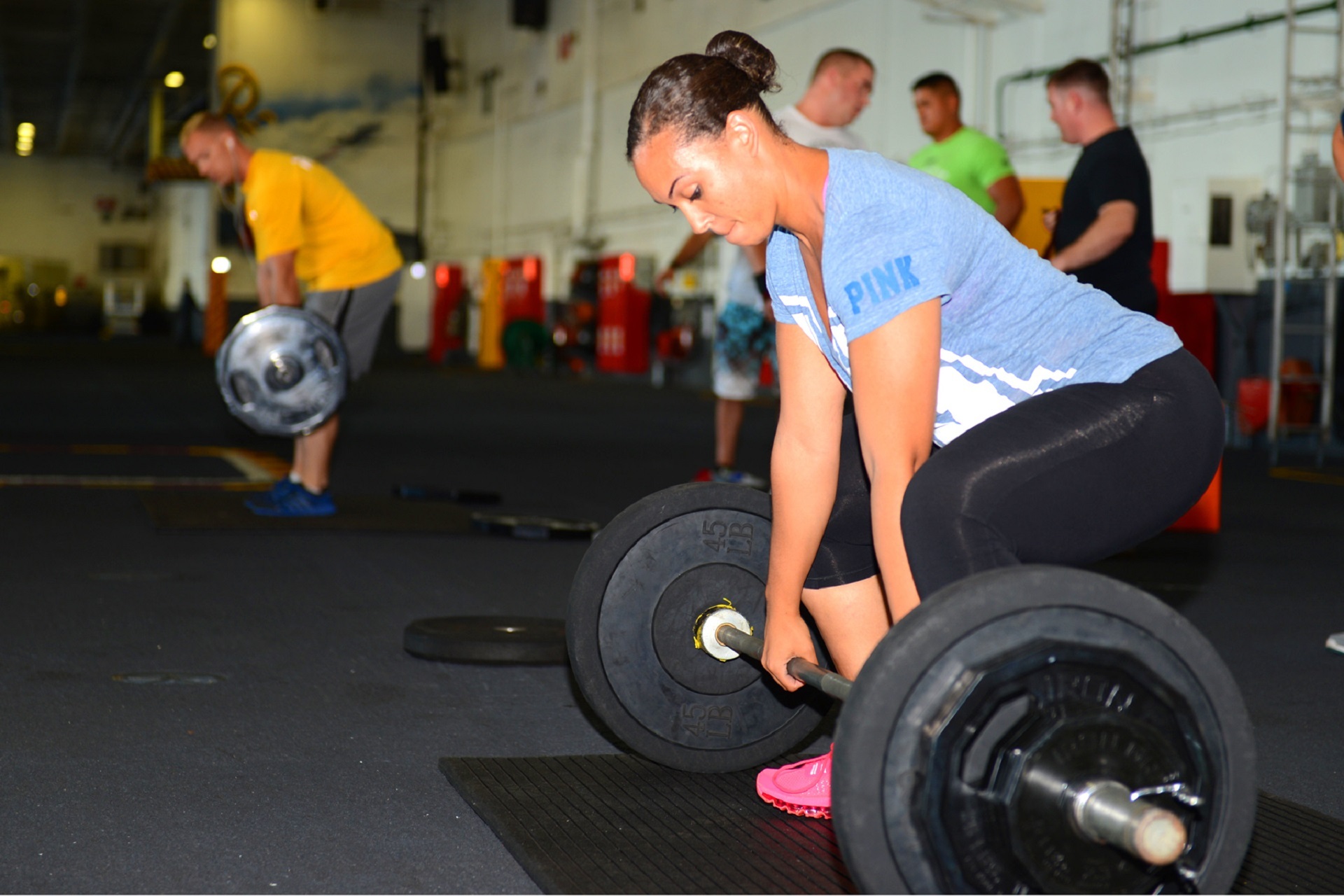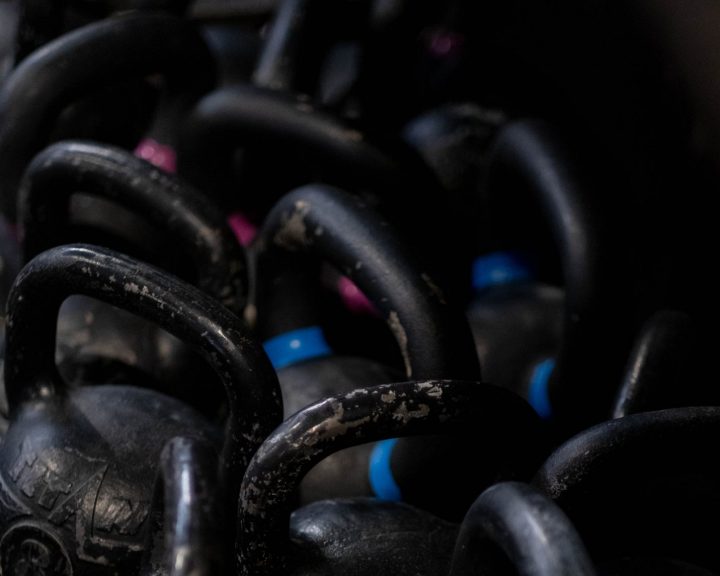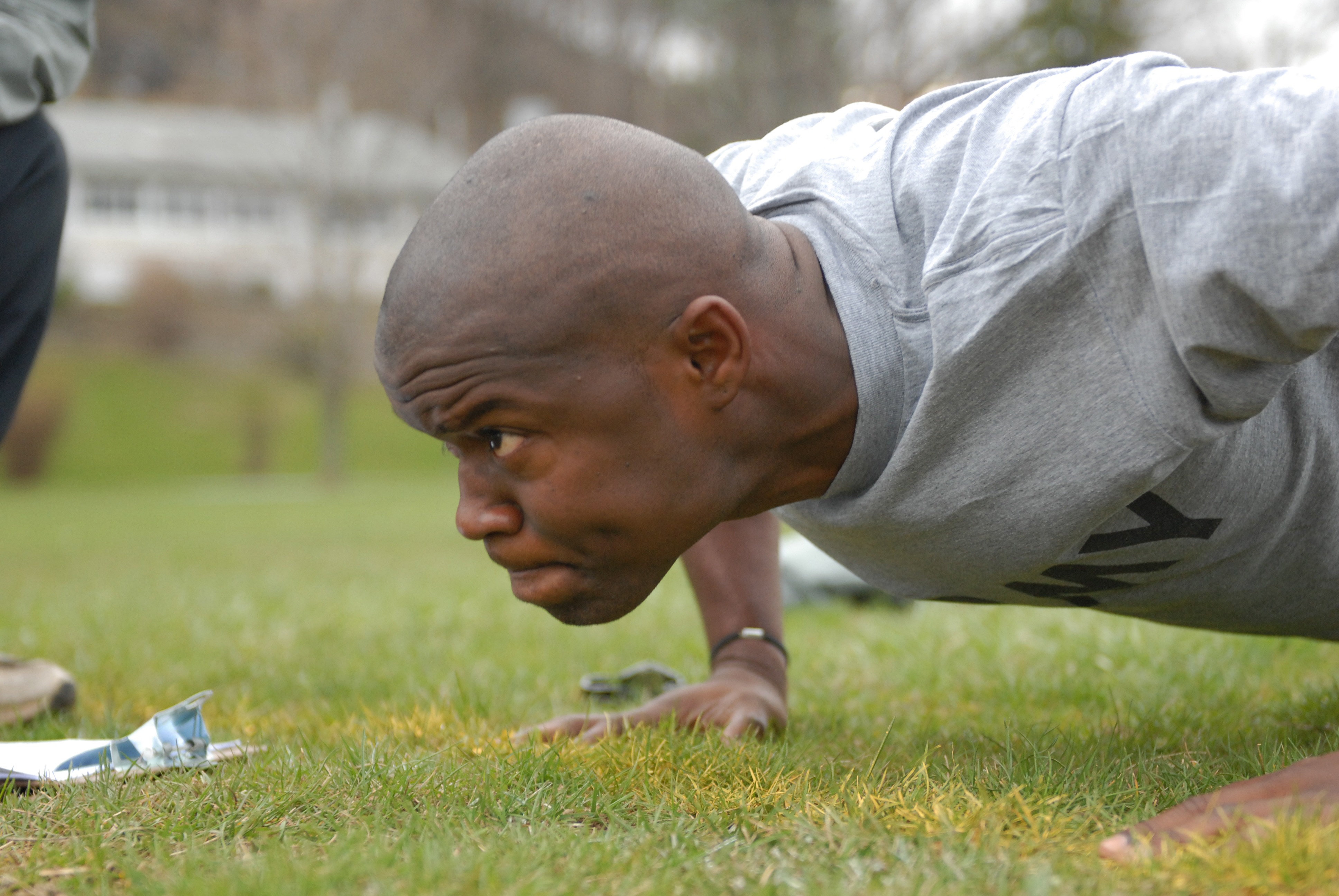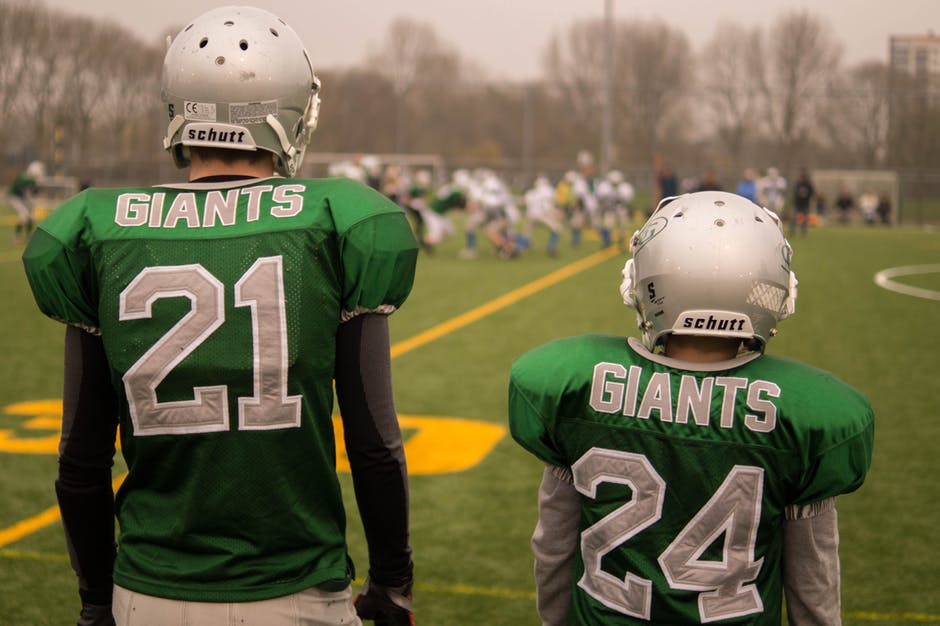The Olympic lifts and their derivatives are widely performed in the strength and conditioning of athletes. They involve exerting force against the ground, rapid movements, high power outputs, and are total body efforts. However, they require a great deal of technique and take a long time to master. As a result, some coaches have moved to exercises like jump squats and partial movements like the pull that do not require a catching phase to reduce the technical demands.
One argument against those partial movements is that the catching phase of the Olympic lifts requires a rapid deceleration of the bar and an absorption of the force. In other words, it simulates things seen in real-life sports. However, to date I’m not aware that anyone has actually studied this. Suchomel et al, in the Journal of Strength and Conditioning Research, actually studied whether catching the bar makes a difference in terms of absorption.
Their subjects performed sets of the hang power clean, jump squat, and hang high pull with weights that were 30%, 45%, 65%, and 80% of their hang power clean 1-RM (2 reps on each set, full recovery between sets).
Results:
- The jump squat resulted in the greatest load absorption work, followed by the hang high pull, followed by the hang power clean. There was a noticeable difference between the lifts. For example, at 80% of 1-RM the jump squat was around 650J, the hang high pull was around 500J, and the hang power clean was around 200J.
- The jump squat resulted in the greatest loading mean force, followed by the hang power clean, followed by the hang high pull. The jump squat, at 80%, was around 2700N, the hang power clean was around 1500N, the hang high pull was just under 1500N.
- The load absorption duration was greatest for the hang high pull, followed by the hang power clean, followed by the jump squat. At 80% of 1-RM, it was around .7 seconds for the hang high pull, .3 seconds for the hang power clean, and .25 seconds for the jump squat.
To my knowledge, this is the first study to look at load absorption during lifts requiring a catch and those that do not. The results are fascinating to me. According to these results, the load absorption work and the load absorption force are greatest in the jump squat. The work (power) is greatest for the jump squat followed by the hang high pull, neither of which involve catching the barbell during an Olympic lift.
Now, we’re studying a mixture of individuals. Some are DIII track and field athletes, others are recreational. Having said that, performing a hang power clean 1-RM with 130% of bodyweight is pretty good, so the individuals studied were at least putting up competent numbers on the hang power clean. I also like the study design (studying loads between 30-80% of 1-RM), I think much heavier isn’t realistic for how athletes train.
This study is a first step, but it does cause me to rethink some things. In the past I would have told you that we catch the barbell because it teaches us to decelerate and also to absorb force, this study brings this into question. After all, if we can get the benefits of the decelerate and absorption without the technique required then that’s a better use of my time as a coach and my athletes’ time in terms of learning.
Suchomel, T.J., Lake, J.P., and Comfort, P. (2017). Load absorption force-time characteristics following the second pull of weightlifting derivatives. Journal of Strength and Conditioning Research, 31(6): 1644-1652.





1 thought on “Olympic Lifts: Maybe We Don’t Need To Catch The Bar…”
Comments are closed.